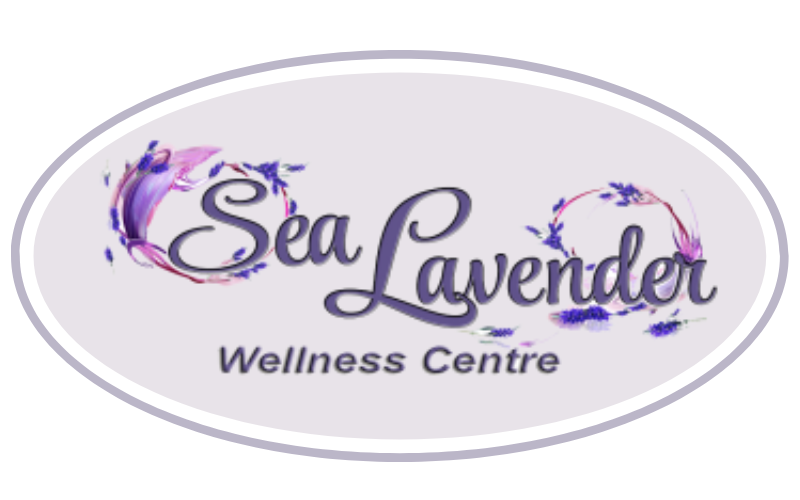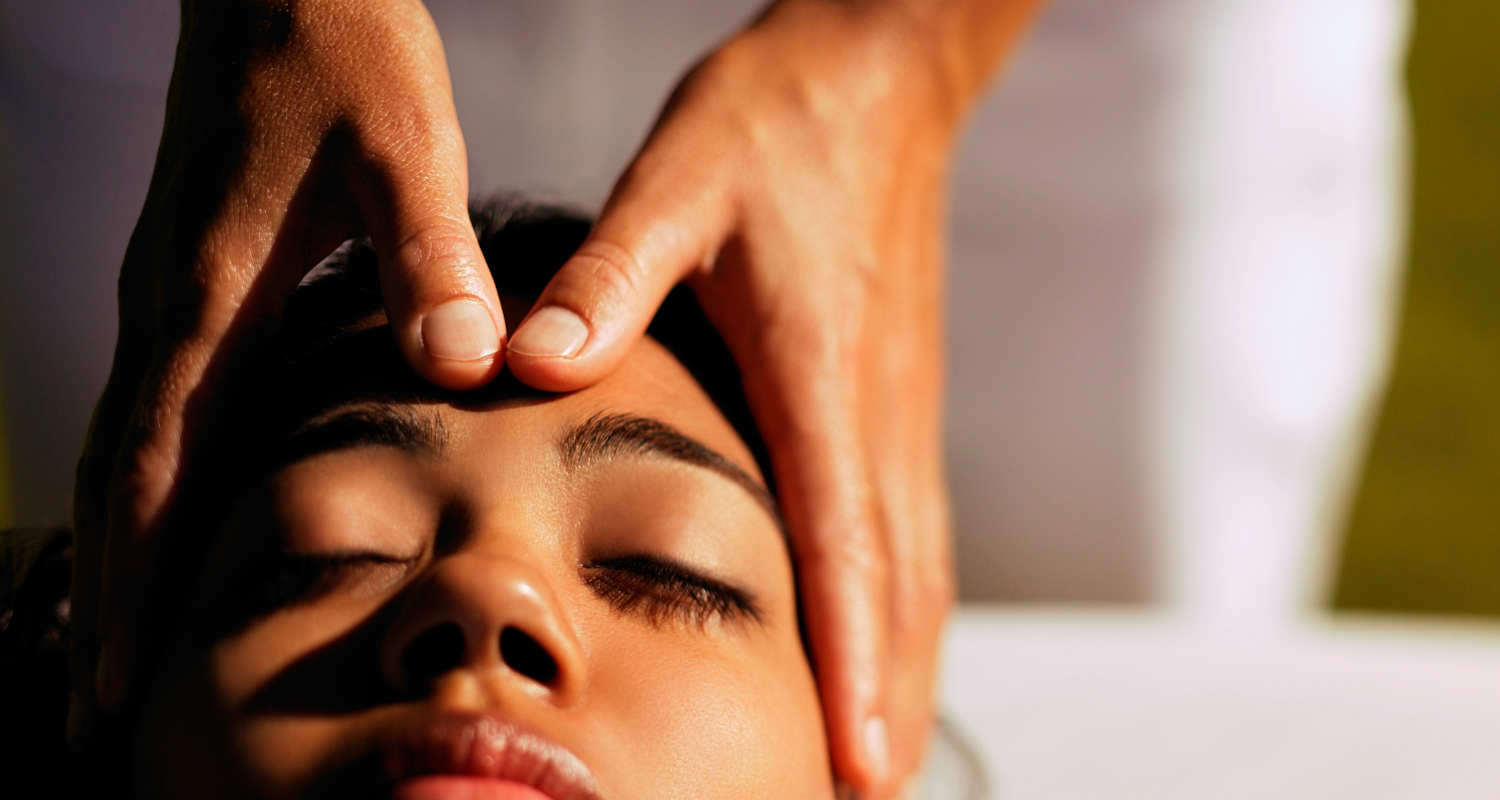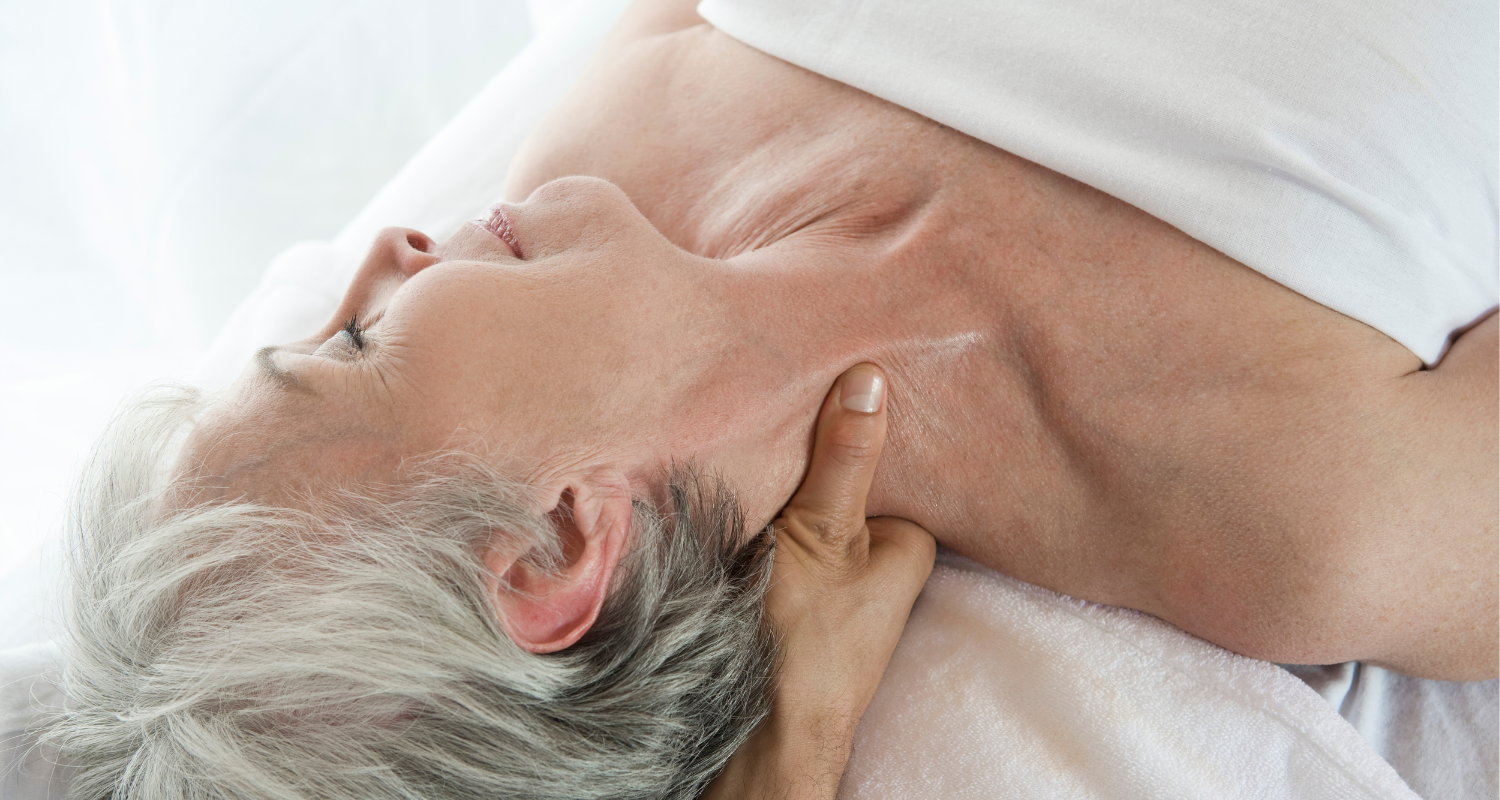In today’s digital age, desk jobs have become the norm, requiring professionals to spend hours seated at desks, staring at computer screens, and engaging in repetitive tasks. While these jobs are essential to our modern economy, they often come with a significant downside: physical and mental tension. Prolonged sitting, poor posture, and mental stress take a toll on the body and mind, leading to discomfort, reduced productivity, and long-term health issues. Fortunately, regular massage therapy offers an effective and holistic solution to combat these challenges.
Understanding the Tension Caused by Desk Jobs
Desk jobs primarily involve repetitive motions, long hours of sitting, and static postures. These factors can lead to various physical problems, such as:
- Muscle Tension and Pain
Prolonged sitting leads to tightened muscles in the neck, shoulders, and lower back. Over time, this tension can cause pain and even muscle imbalances. - Postural Problems
Poor posture is common in office settings, as people tend to slouch or hunch over their desks. This can result in chronic pain, spinal misalignment, and conditions like “text neck.” - Reduced Circulation
Staying seated for hours can impede blood flow, leading to stiffness, fatigue, and even an increased risk of conditions like deep vein thrombosis (DVT). - Mental Stress
Tight deadlines, back-to-back meetings, and the pressure to perform can lead to significant mental strain. Stress, in turn, can exacerbate physical discomfort.
Massage therapy provides relief from these issues by addressing the root causes and offering physical, mental, and emotional benefits.
The Physical Benefits of Massage for Desk Job Workers
- Relieves Muscle Tension
Massage therapy targets the areas most affected by desk work, such as the neck, shoulders, and lower back. Techniques like deep tissue massage and trigger point therapy can effectively release tension knots and reduce stiffness. - Improves Posture
By loosening tight muscles and addressing imbalances, massage therapy promotes better alignment of the spine. This, in turn, helps prevent postural issues and chronic pain. - Boosts Circulation
Massage increases blood flow to muscles and tissues, promoting oxygen and nutrient delivery. Improved circulation reduces fatigue and accelerates recovery from physical strain. - Reduces Headaches
Many desk workers experience tension headaches caused by tight neck and shoulder muscles. Massage alleviates this tension, reducing the frequency and intensity of headaches. - Enhances Flexibility and Mobility
Regular massage improves the range of motion in joints, making it easier to move without discomfort. This is especially important for desk workers who often experience stiffness from prolonged immobility.
The Mental and Emotional Benefits of Massage
- Stress Reduction
Massage therapy is renowned for its stress-relieving effects. By lowering cortisol levels and boosting serotonin and dopamine production, massage helps calm the mind and alleviate stress. - Improved Focus and Productivity
Reduced stress and physical discomfort can enhance mental clarity and focus. When the body feels better, the mind can work more effectively. - Promotes Relaxation
The calming effect of massage encourages a state of relaxation, helping individuals recharge after long hours of work. - Alleviates Anxiety and Depression
Studies have shown that regular massage therapy can reduce symptoms of anxiety and depression, providing emotional support for those dealing with high-stress environments.
How Massage Therapy Works for Desk Job Tension
Massage therapy combines various techniques to address the specific needs of desk workers. Here’s how it works:
- Targeted Pressure: Techniques like Swedish massage, deep tissue massage, and myofascial release focus on specific tension points to relieve pain and stiffness.
- Stretching and Manipulation: These techniques lengthen tight muscles, improving flexibility and preventing stiffness.
- Stimulating Circulation: Massage promotes blood flow, ensuring that muscles receive the nutrients they need to heal and function optimally.
- Releasing Endorphins: Massage triggers the release of “feel-good” hormones like endorphins, which enhance mood and reduce pain perception.
Types of Massage Best Suited for Desk Workers
- Swedish Massage
This gentle technique focuses on relaxation and improving circulation, making it ideal for those dealing with stress and light tension. - Deep Tissue Massage
This type targets deeper layers of muscle tissue to relieve chronic tension and pain caused by poor posture or repetitive motions. - Trigger Point Therapy
By focusing on “knots” or sensitive points in muscles, this therapy helps release specific areas of tension. - Chair Massage
Convenient and quick, chair massages focus on the neck, shoulders, and upper back, providing relief in as little as 15-30 minutes. - Myofascial Release
This technique focuses on the fascia (connective tissue) to improve mobility and relieve pain from prolonged sitting.
Incorporating Massage into Your Routine
For maximum benefits, consider incorporating massage therapy into your lifestyle. Here’s how:
- Regular Sessions: Schedule massages weekly, bi-weekly, or monthly, depending on your tension level and workload.
- On-Site Office Massages: Some companies offer on-site chair massages to employees, providing quick relief during work hours.
- Self-Massage Techniques: Use tools like foam rollers, massage balls, or handheld massagers for quick relief at home or work.
Complementary Practices to Reduce Desk Job Tension
While massage therapy is highly effective, combining it with other practices can enhance its benefits:
- Ergonomics
Invest in an ergonomic chair, desk, and keyboard setup to promote better posture and reduce strain. - Stretching and Exercise
Incorporate daily stretches and exercises targeting the neck, shoulders, and back to prevent stiffness. - Frequent Breaks
Follow the 20-20-20 rule: every 20 minutes, look at something 20 feet away for 20 seconds, and stand up to stretch. - Mindfulness and Meditation
These practices reduce mental stress and complement the relaxation achieved through massage.
Conclusion
Desk jobs don’t have to equate to chronic tension and discomfort. By incorporating massage therapy into your routine, you can address the physical and mental toll of office work, ensuring long-term health and well-being. Regular massages relieve muscle tension, improve posture, and reduce stress, making it easier to thrive in your professional and personal life. Don’t let the pressures of desk work weigh you down—prioritize self-care with massage therapy and experience the transformative benefits it offers.
Please find us on social media:
Facebook: https://www.facebook.com/sealavenderwellness
Instagram: https://www.instagram.com/sealavenderwellness
Google: https://maps.app.goo.gl/i4w25zjhB9pm8ExCA
Book an appointment: https://www.fresha.com/book-now/sea-lavender-wellness-spa-adsg8jdw/all-offer?id=341896&share&pId=318584



